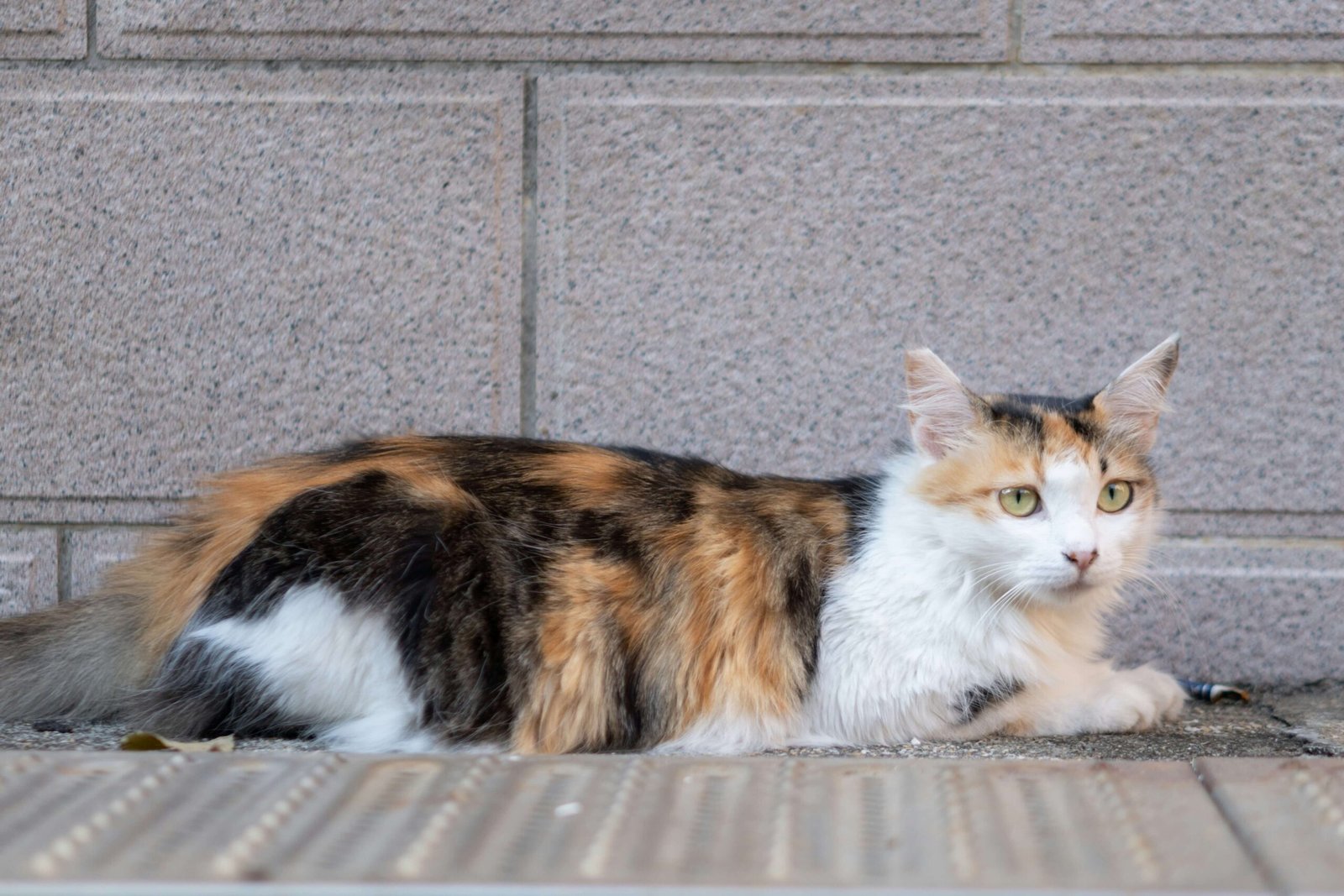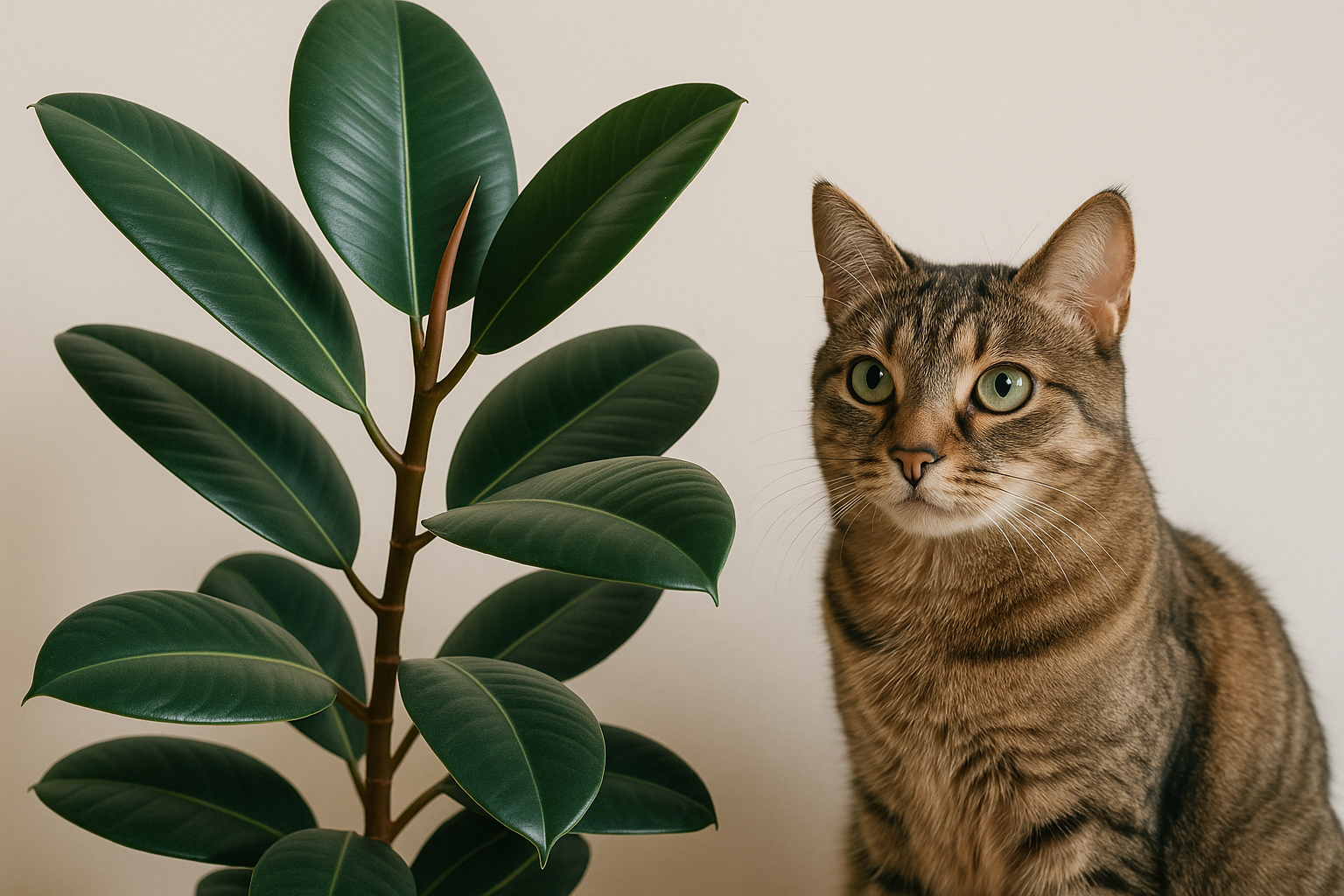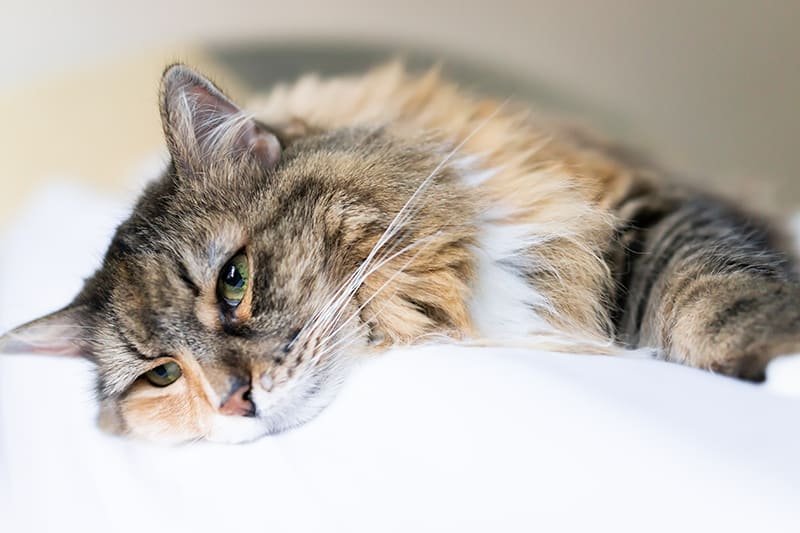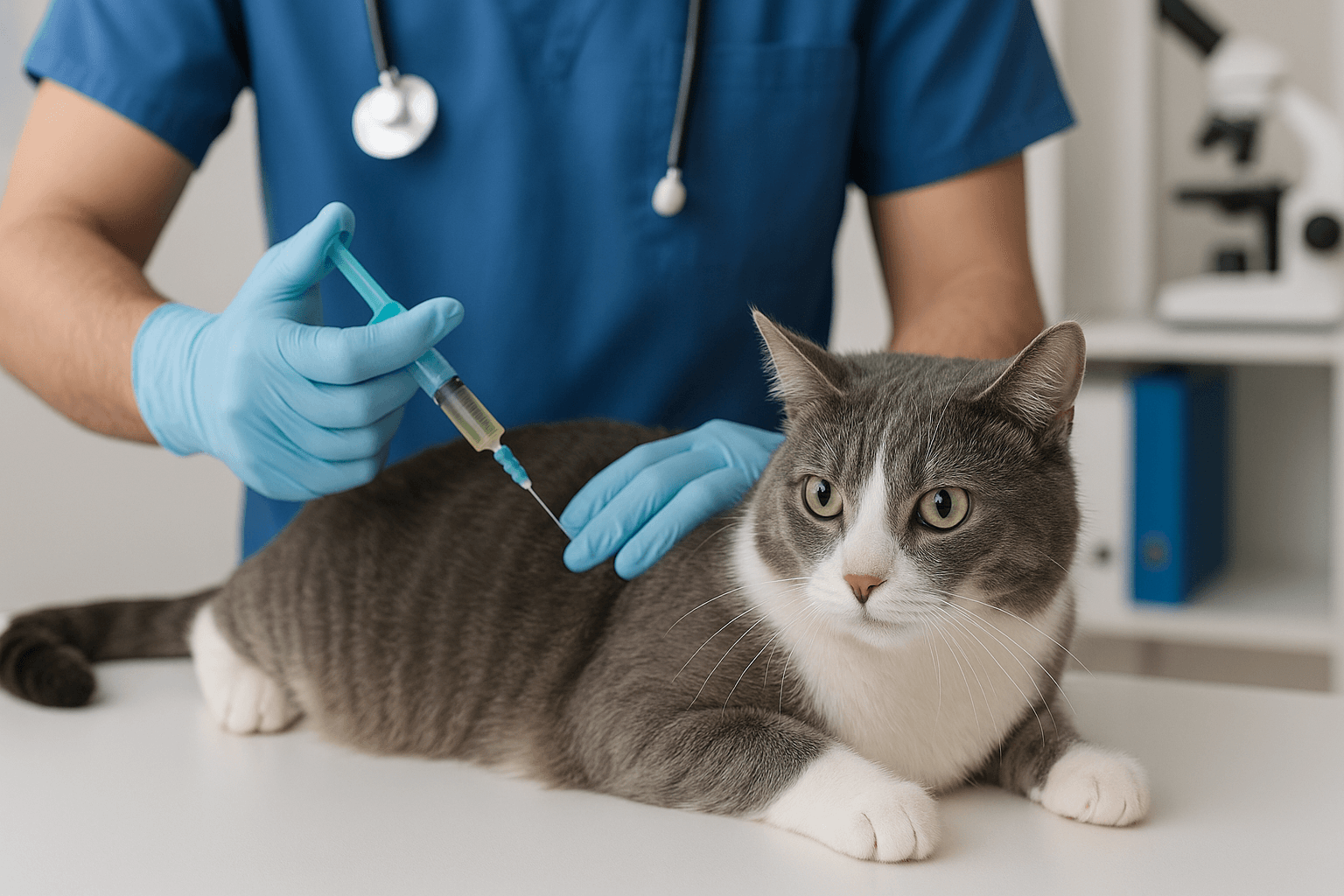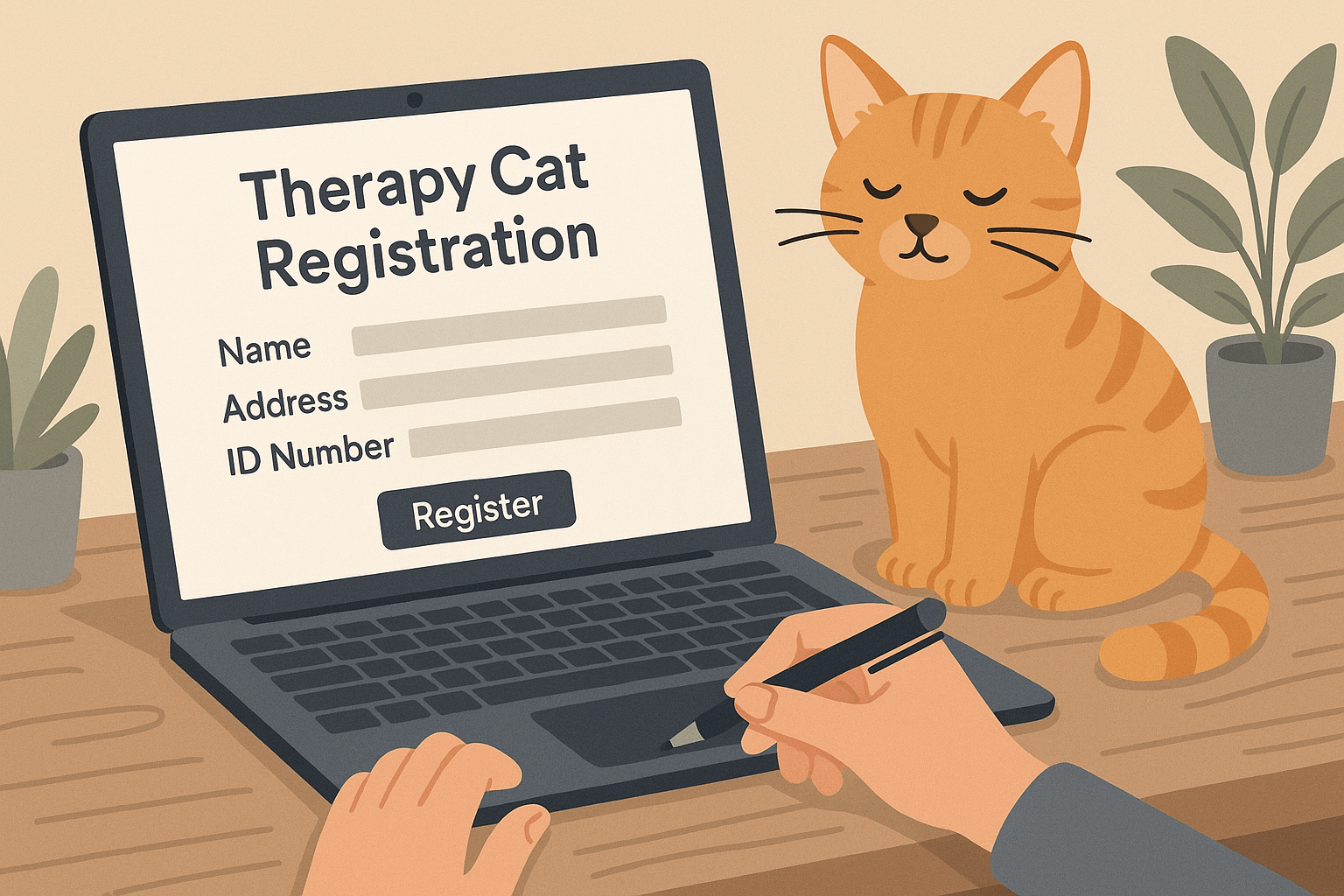How to Cheer Up a Depressed Cat: A Guide to Uplifting Your Feline Friend
Cats are known for their independent and mysterious nature, but when your feline companion seems down or disinterested, it can be heart-wrenching. Depression in cats is more common than you might think, often triggered by changes in their environment, loss of a companion, or even health issues. Recognizing the signs early and taking proactive steps can make a world of difference. In this blog post, we’ll explore how to cheer up a depressed cat through simple yet effective strategies that cater to their physical, emotional, and mental needs. Whether you’re a seasoned cat parent or new to the world of feline care, these tips will help you bring joy back into your cat’s life.
Signs Your Cat Might Be Feeling Depressed
Understanding whether your cat is truly feeling low is the first step toward helping them. Cats express their emotions differently than humans, so recognizing subtle behavioral changes is key. Here are some common signs that your cat may be experiencing depression:
Loss of Appetite: If your cat suddenly shows little interest in food, it could be a sign of emotional distress.
Excessive Lethargy: While cats love to nap, spending most of the day sleeping without engaging in play is unusual.
Hiding Behavior: Cats naturally seek solitude at times, but prolonged hiding can indicate they’re feeling overwhelmed.
Changes in Grooming Habits: Over-grooming or neglecting grooming altogether can signal emotional imbalance.
Vocalization Changes: A once-chatty cat becoming silent or an unusually vocal cat could both point to depression.
If you notice any of these signs, it’s essential to act promptly. Early intervention can prevent further emotional or physical decline, ensuring your cat feels loved and supported.
Creating a Comfortable Environment for Your Cat
A cat’s environment plays a crucial role in their emotional well-being. Ensuring they feel safe, secure, and stimulated can significantly improve their mood. Here are some ways to create a comforting space for your furry friend:
Designate a Safe Space: Provide a quiet area where your cat can retreat when they feel overwhelmed.
Add Vertical Spaces: Cats love to climb and observe their surroundings from above—install shelves or cat trees.
Use Calming Scents: Lavender or chamomile diffusers can help soothe anxious cats (but ensure they’re pet-safe).
Maintain a Routine: Cats thrive on predictability; keep feeding, playtime, and bedtime consistent.
Offer Cozy Beds: Soft, warm bedding can provide comfort and encourage relaxation.
By tailoring your home to meet your cat’s needs, you can help them feel more secure and content. Remember, small changes can have a big impact on their overall happiness.
Check this guide 👉Why Is My Cat Crying Tears? Best 7 Health Tips!
Check this guide 👉The Enigmatic Smile of a Cat: Best 7 Behavior Tips!
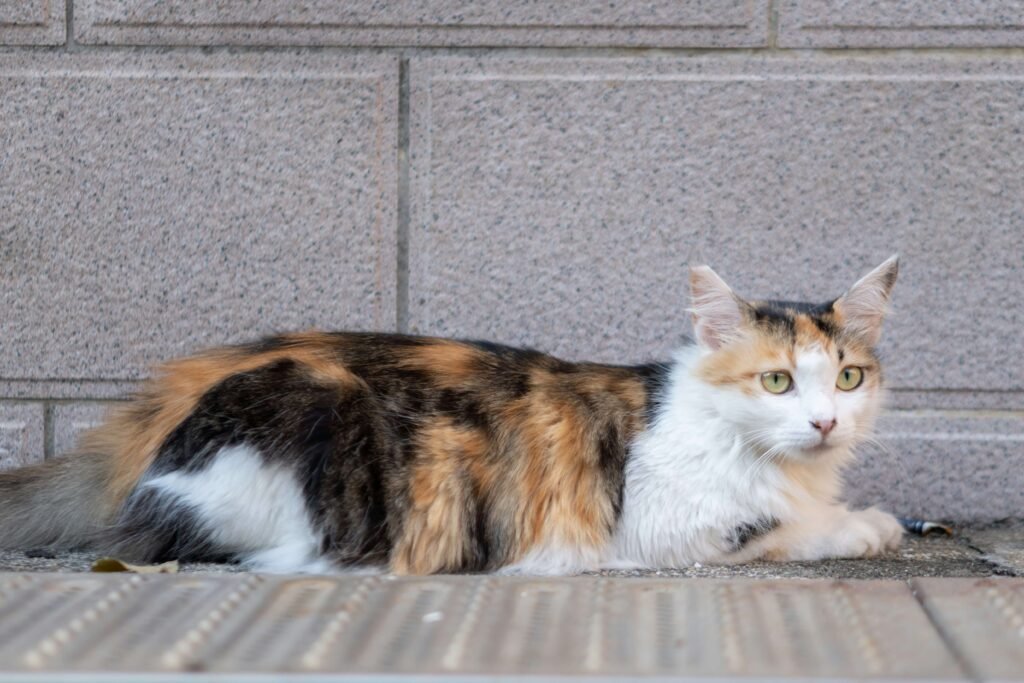
Environmental Enrichment Ideas | Health and Wellness Tips |
|---|---|
Interactive toys (e.g., feather wands) | Schedule regular vet check-ups |
Window perches for bird-watching | Ensure a balanced diet |
Puzzle feeders for mental stimulation | Monitor weight fluctuations |
Rotating toys to keep things fresh | Stay updated on vaccinations |
Cat-friendly plants like catnip | Address dental hygiene |
Engaging Your Cat Through Play
Playtime isn’t just fun—it’s essential for a cat’s mental and physical health. Regular interaction can lift their spirits and strengthen your bond. Here’s how to make playtime more engaging for your cat:
Choose the Right Toys: Opt for toys that mimic prey, such as mice or birds, to spark their hunting instincts.
Set Aside Daily Play Sessions: Aim for at least 15–20 minutes of active play each day.
Incorporate Variety: Mix up activities to prevent boredom and keep them curious.
Reward Positive Behavior: Offer treats or praise after successful play sessions to reinforce good habits.
Observe Their Preferences: Pay attention to what excites your cat and tailor play accordingly.
Through thoughtful play, you can reignite your cat’s enthusiasm and remind them of the joy life has to offer.
Strengthening Your Bond with Your Cat
Sometimes, all a depressed cat needs is extra love and attention from their human. Building a deeper connection can work wonders for their emotional state. Consider these bonding techniques:
Gentle Petting: Focus on areas your cat enjoys, like behind the ears or under the chin.
Talk to Them Often: Your voice provides reassurance and reminds them they’re not alone.
Respect Their Boundaries: Allow your cat to approach you rather than forcing interaction.
Share Quiet Moments: Simply sitting near your cat while reading or relaxing can foster trust.
Offer Treats Mindfully: Use treats as a way to show affection without overfeeding.
By nurturing your relationship, you create a foundation of trust and security that helps your cat overcome feelings of sadness.
Understanding Your Cat’s Emotional Needs
Every cat has unique emotional needs that, when unmet, can lead to feelings of sadness or depression. By tuning into their preferences and behaviors, you can better support their mental well-being. Here are some ways to understand and address your cat’s emotional needs:
Observe Their Body Language: Pay attention to subtle cues like tail flicks, ear positions, or fur changes to gauge their mood.
Provide Choices: Allow your cat to decide whether they want to interact, play, or rest—this empowers them.
Respect Their Personality: Some cats are social butterflies, while others prefer solitude; honor their individuality.
Avoid Overstimulation: Too much noise or activity can overwhelm sensitive cats—create calm zones for them.
Be Patient: Building trust and understanding takes time, especially if your cat is feeling low.
By recognizing and respecting your cat’s emotional boundaries, you can foster a deeper connection and help them feel more secure in their environment.
Boosting Your Cat’s Confidence
A lack of confidence can contribute to a cat’s depressive state, especially if they’ve experienced trauma or significant change. Helping your cat regain their self-assurance can go a long way in cheering them up. Here are some strategies to boost your cat’s confidence:
Celebrate Small Wins: Praise them for exploring new areas or trying out a new toy.
Introduce New Experiences Gradually: Slowly expose them to new sounds, smells, or spaces to avoid overwhelming them.
Use Positive Reinforcement: Reward desired behaviors with treats, affection, or verbal praise.
Encourage Independence: Let them solve simple puzzles or find hidden treats to build problem-solving skills.
Create a Predictable Routine: Consistency helps anxious cats feel more in control of their surroundings.
With consistent encouragement and support, your cat will gradually regain their confidence and zest for life.
Incorporating Natural Remedies
While professional veterinary advice should always come first, natural remedies can complement traditional care and provide additional comfort to a depressed cat. These options focus on calming their mind and body naturally. Consider the following remedies:
Herbal Supplements: Options like valerian root or chamomile may help reduce anxiety (consult your vet first).
Calming Music: Soft classical music or specially designed pet relaxation tracks can soothe their nerves.
Sunlight Exposure: Ensure your cat has access to natural light, which can improve their mood and energy levels.
Aromatherapy: Use pet-safe essential oils like lavender sparingly to create a relaxing atmosphere.
Massage Therapy: Gently massaging your cat’s back or shoulders can release tension and promote relaxation.
These natural approaches can enhance your cat’s overall well-being and serve as valuable tools in lifting their spirits.
Frequently Asked Questions About Helping a Depressed Cat
Can cats really get depressed?
Yes, cats can experience depression due to factors like stress, loneliness, or health problems.
How long does feline depression last?
The duration varies depending on the cause, but with proper care, most cats recover within weeks or months.
Should I consult a vet if my cat seems depressed?
Absolutely. A vet can rule out underlying medical conditions and guide you on next steps.
Are there medications for feline depression?
In severe cases, vets may prescribe medication, but behavioral interventions are usually tried first.
Can moving homes trigger depression in cats?
Yes, major life changes like moving can unsettle cats, leading to temporary depression.
Bringing Back the Sparkle: Final Thoughts
Helping a depressed cat requires patience, empathy, and a willingness to adapt. By understanding their unique needs and implementing the strategies outlined in this guide, you can create a happier, healthier environment for your feline companion. Remember, every cat responds differently, so don’t hesitate to experiment until you find what works best. Above all, shower them with love and kindness—they’ll appreciate it more than words can express. With time and effort, you’ll see your beloved pet rediscover their playful spirit and zest for life.
Is the Rubber Tree Cat Safe? Best 7 Expert Tips! Discover expert advice on keeping rubber plants safely in cat-friendly homes and learn top tips for pet-safe plant care.
Low Red Blood Cell Count in Cats: Best 7 Expert Tips! Discover causes, symptoms, and treatment options for feline anemia. Learn how to support your cat’s health effectively with expert advice.
Understanding Megacolon Treatment: Best 7 Expert Tips! Discover effective strategies to manage feline megacolon, from dietary changes to surgical options, ensuring your cat’s comfort and long-term health.
How to Register a Therapy Cat: Best 7 Expert Tips! Discover essential steps to certify your cat as a therapy animal, prepare them for training, and make a meaningful impact in therapeutic settings.

